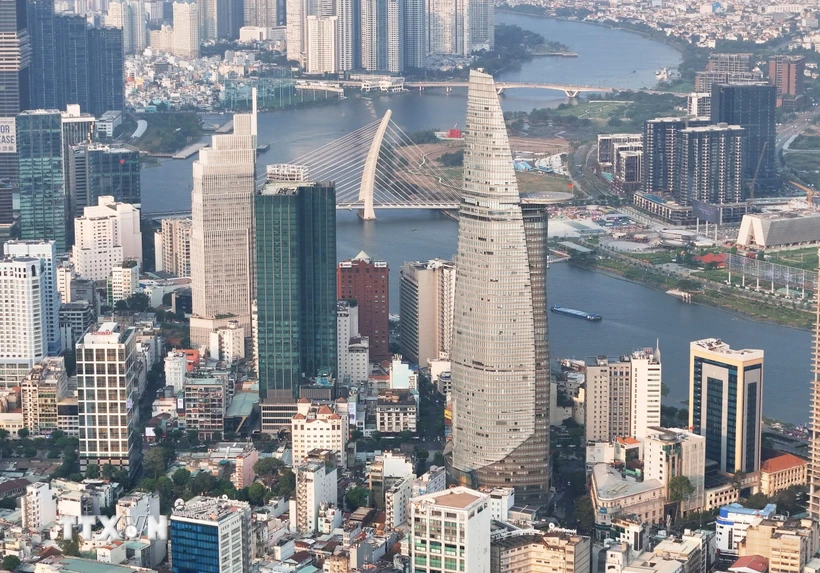
Bitexco Financial Tower is one of the symbols of Ho Chi Minh City. (Photo: Hong Dat/VNA)
Speaking of the new era, the era of national growth, that is, ministries and branches, from central to local levels, together with the entire Vietnamese people, are determined to implement the proposed plans in a synchronous and tight manner.
Among these goals is the construction, operation and development of a competitive regional and international financial center in Vietnam. This is a goal that requires a lot of effort and determination to be successful, because "if you want diamonds, you have to have pressure."
The upcoming official visit of General Secretary To Lam to Singapore is partly meant to motivate the Government, the National Assembly and ministries to seriously and resolutely study and promote the implementation of the set goals, including the construction and development of a regional financial center in Da Nang and an international financial center in Ho Chi Minh City.
International financial centers are characterized by high liquidity, a well-developed legal framework, advanced technological infrastructure and a pool of highly qualified financial experts. These centers play an important role in the transfer of capital and the promotion of international trade. International financial centers often attract global corporations, financial institutions and investors, thereby contributing to enhancing the status of countries as influential players in the global financial system.
According to Professor Vu Minh Khuong, from the Lee Kuan Yew School of Public Policy, National University of Singapore (NUS), Singapore's experience shows that to establish a regional and international financial center, it is necessary to have a strong, elite, world- class state bank, such as the Monetary Authority of Singapore (MAS). This is a place with many talented people, very good analysis and strategic assessment. Second, the legal system and regulations are also very transparent, open and especially allow currency conversion. Third, it is necessary to create a favorable, livable environment, which is very important to attract talented people to work.
Meanwhile, Professor Bilveer Singh - Deputy Head of the Department of Political Science, National University of Singapore, said that to build a financial center, experience from Singapore shows that first of all, there must be political prerequisites, including political stability, political openness and political will to adjust appropriate laws and regulations. Second, there must be high-quality financial human resources. Third, there must be a management system, an open and clean banking system.
“In Singapore, you can go to any bank to exchange money, see a lot of foreigners running the banking structure of Singapore, see that this is the international Gold standard and from there gain more confidence,” Professor Bilveer emphasized.
The process of building an international financial center will also help the financial market in Vietnam become healthy and effective, catching up with international standards, thereby promoting sustainable national economic development. This is even more favorable when Vietnam has an important geopolitical and economic position.
At the workshop “Developing an international financial center in Vietnam” on January 16 in Da Nang, the Ministry of Planning and Investment stated that Vietnam has the necessary economic factors and natural advantages for new financial centers to compete internationally. Vietnam wants to attract financial resources shifting from traditional centers such as London, Hong Kong and Singapore. Vietnam is located at the strategic crossroads of global shipping routes from North to South and from East to West, and is also located in the center of Southeast Asia. Vietnam operates in a different time zone from the 21 largest financial centers in the world today.
A representative of the Ministry of Planning and Investment emphasized: "This is a special advantage to attract idle capital during the time when transactions at these centers stop operating."
For example, with Da Nang, Mr. Andy Khoo, General Director of Terne Holdings of Singapore, emphasized 3 reasons why Da Nang can attract investors to serve development goals, which are clear legal regulations, suitable preferential investment tax policies and capital flow. He expressed his confidence that with the strategic location that positions Da Nang as a natural center for trade finance, along with great development ambitions, Da Nang will become the next major financial center of ASEAN in the near future.
Meanwhile, Mr. Rajiv Kochhar, founder and CEO of Avista Advisory in Singapore, said that investors from Japan, Singapore, South Korea and many countries in the region are very interested in Vietnam. Therefore, the right policies on infrastructure investment, legal regulations, institutions, and tax policies will be measures to help Da Nang become an attractive destination for investors.
Competition to become an international financial center is fierce, posing a huge challenge, especially for a developing country like Vietnam. However, building a financial center will help Vietnam attract foreign financial institutions, while taking advantage of the opportunity to shift international investment capital to Vietnam. This will have a positive impact on capital supply, the lifeblood of the economy.
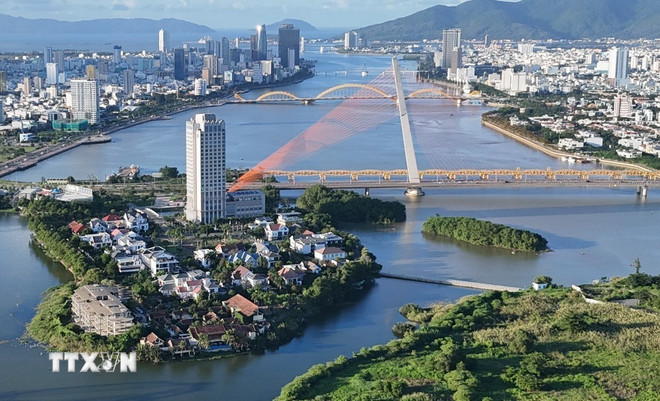
View of Da Nang city. (Photo: VNA)
Professor Bilveer Singh said that to become an international financial center, Singapore had to give up some of its financial sovereignty. For example, it imposed low taxes to attract investment. That is why Singapore has one of the lowest tax systems in the world. To prepare for possible risks, Singapore has built strong financial institutions.
“We have the Ministry of Finance, but we also have the MAS to make sure that our currency doesn’t move too much. And then if something goes wrong, we have Temasek, and we have the Government of Singapore Investment Corporation (GIC) to make sure that we can buy and sell currencies,” he said.
Regulating international financial centres requires a comprehensive and coordinated approach that includes domestic regulations, international standards, supervisory cooperation and effective enforcement mechanisms. The aim is to maintain financial stability, protect investors, prevent financial crime and promote the integrity and soundness of the global financial system.
Professor Bilveer emphasized that the aspiration to build a regional and international financial center will force political leaders to create a political system, a financial management system, and prepare high-quality human resources through universities, technical institutes, etc. And to become an international financial center, it requires the cooperation of the entire nation, the entire society, along with the trust of the entire region and the world./.
(Vietnam News Agency/Vietnam+)
Source: https://www.vietnamplus.vn/viet-nam-voi-muc-tieu-xay-dung-trung-tam-tai-chinh-quoc-te-post1019455.vnp




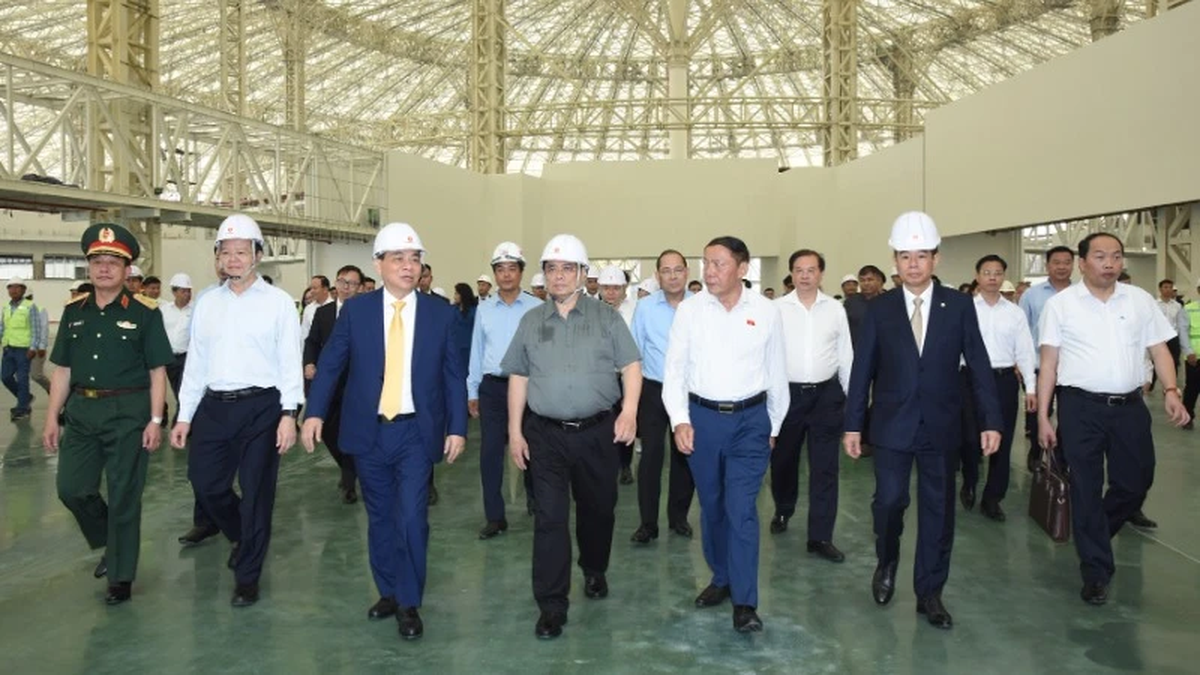
![[Photo] Prime Minister Pham Minh Chinh inspects the progress of the National Exhibition and Fair Center project](https://vphoto.vietnam.vn/thumb/1200x675/vietnam/resource/IMAGE/2025/5/19/35189ac8807140d897ad2b7d2583fbae)




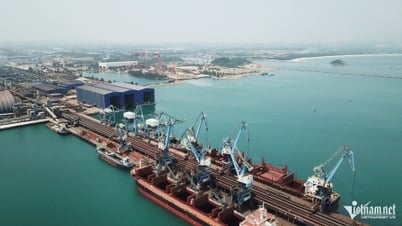

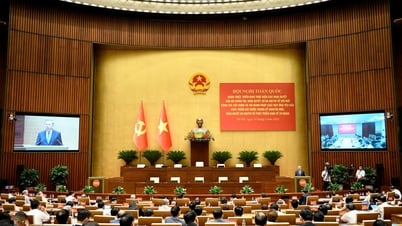
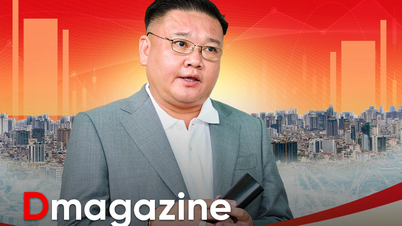





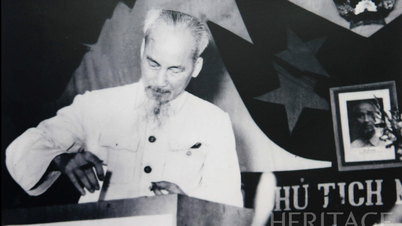
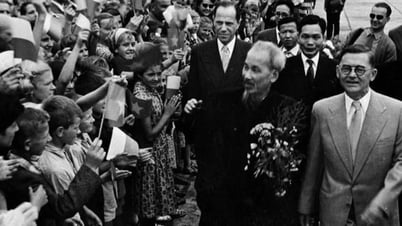

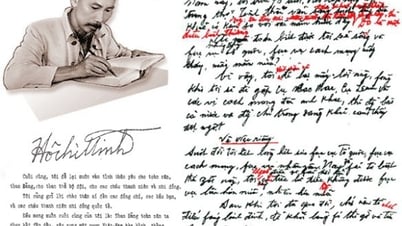
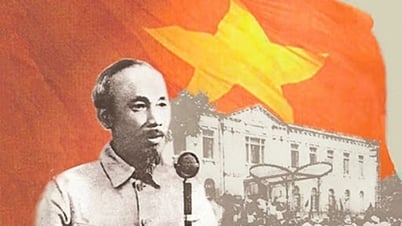
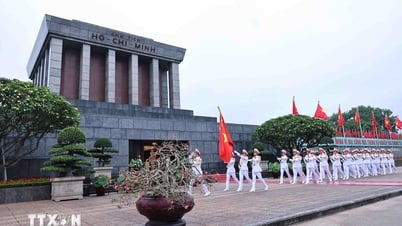






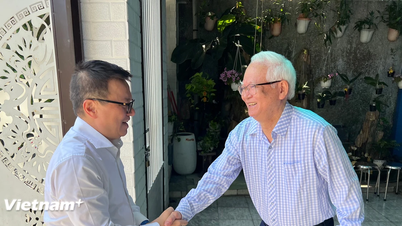
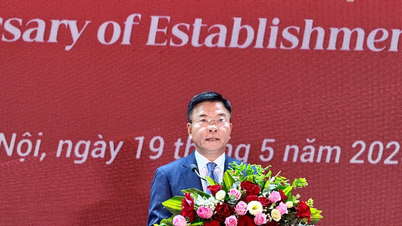




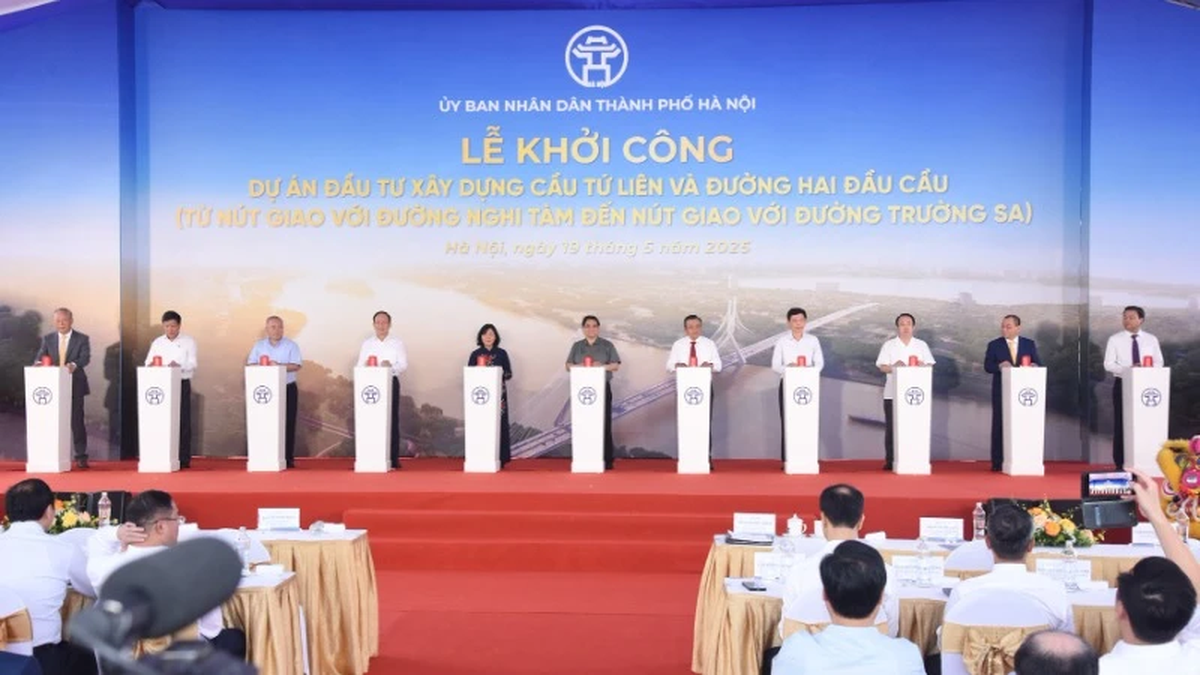







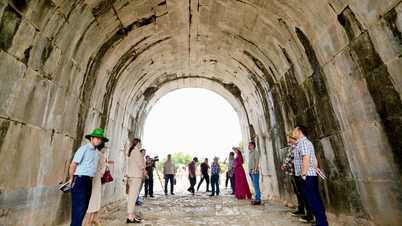








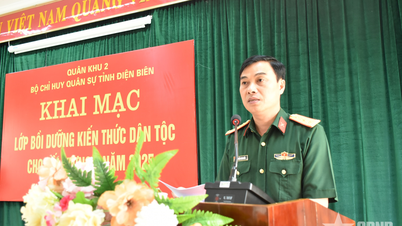















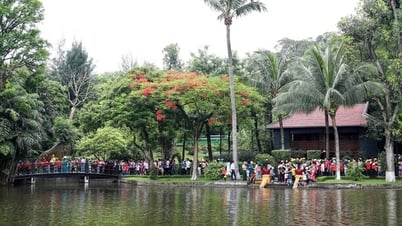



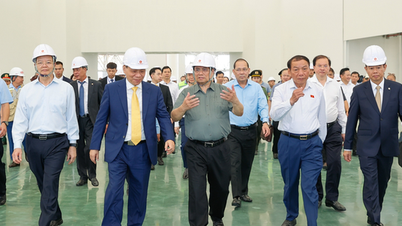
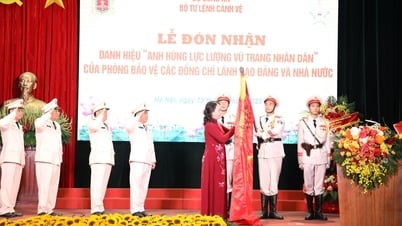





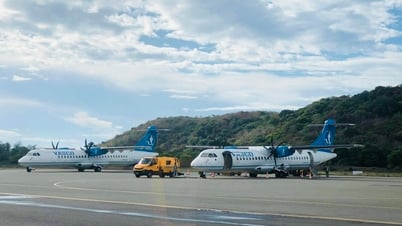

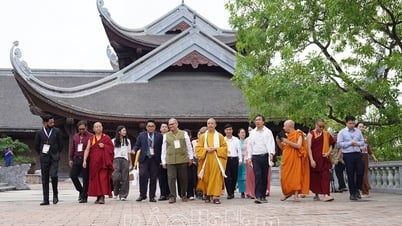

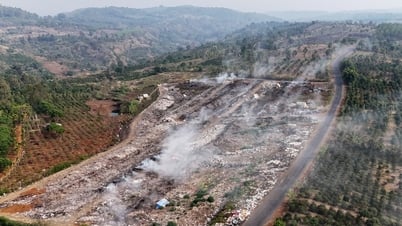



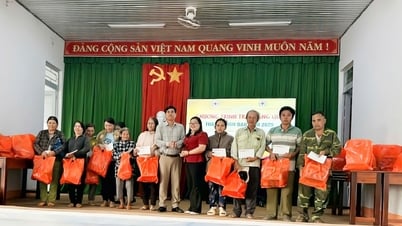


![[VIDEO] - Enhancing the value of Quang Nam OCOP products through trade connections](https://vphoto.vietnam.vn/thumb/402x226/vietnam/resource/IMAGE/2025/5/17/5be5b5fff1f14914986fad159097a677)







Comment (0)